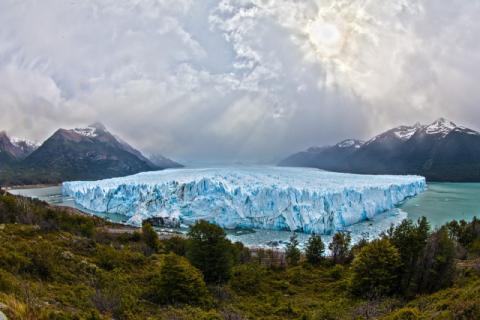7 Things We've Learned About Earth Since the Last Earth Day

Earth Day turns 48 this Sunday, April 22, and Google is celebrating it with a Google Doodleof conservationist Dr. Jane Goodall, who nudges us in a video a "do our part for this beautiful planet."
When Senator Gaylord Nelson (D-Wisc.) founded Earth Day in 1970, his hope was to make the environment a political issue in an era where US rivers caught on fire and thick smog choked cities.
In many ways, it worked. Since then, major environmental laws have helped clean up much of the vivid toxic detritus in the soil, air, and water in the US. But our challenges today are no less daunting. The accumulation of greenhouse gases in the atmosphere, the loss of wilderness and species, and the acidification and pollution of the oceans have all become more acute — and more destabilizing.
In keeping with the tradition started by former Vox writers Brad Plumer and Joseph Stromberg, here are seven of the most troubling, intriguing, and encouraging things we learned about the Earth since the last Earth Day.
1) The plastic problem is even worse than we thought
One of the bleakest stories of the year so far was the report of a six-ton sperm whalewashing up on the shores of southern Spain with 64 pounds of plastic in its stomach, a grotesque sign of the alarming rate at which we're dumping plastics into the ocean.
Since plastic is synthetic, there are few natural processes that break it down, allowing bags, straws, and packaging to linger for decades if not centuries. And we're not very good at containing it to landfills. About 32 percent of plastics make out into nature, where it often end up in the bellies of fish, birds, and whales. And, as it turns out, potentially in our stomachs too.
In one investigation, the nonprofit...
- Log in to post comments









